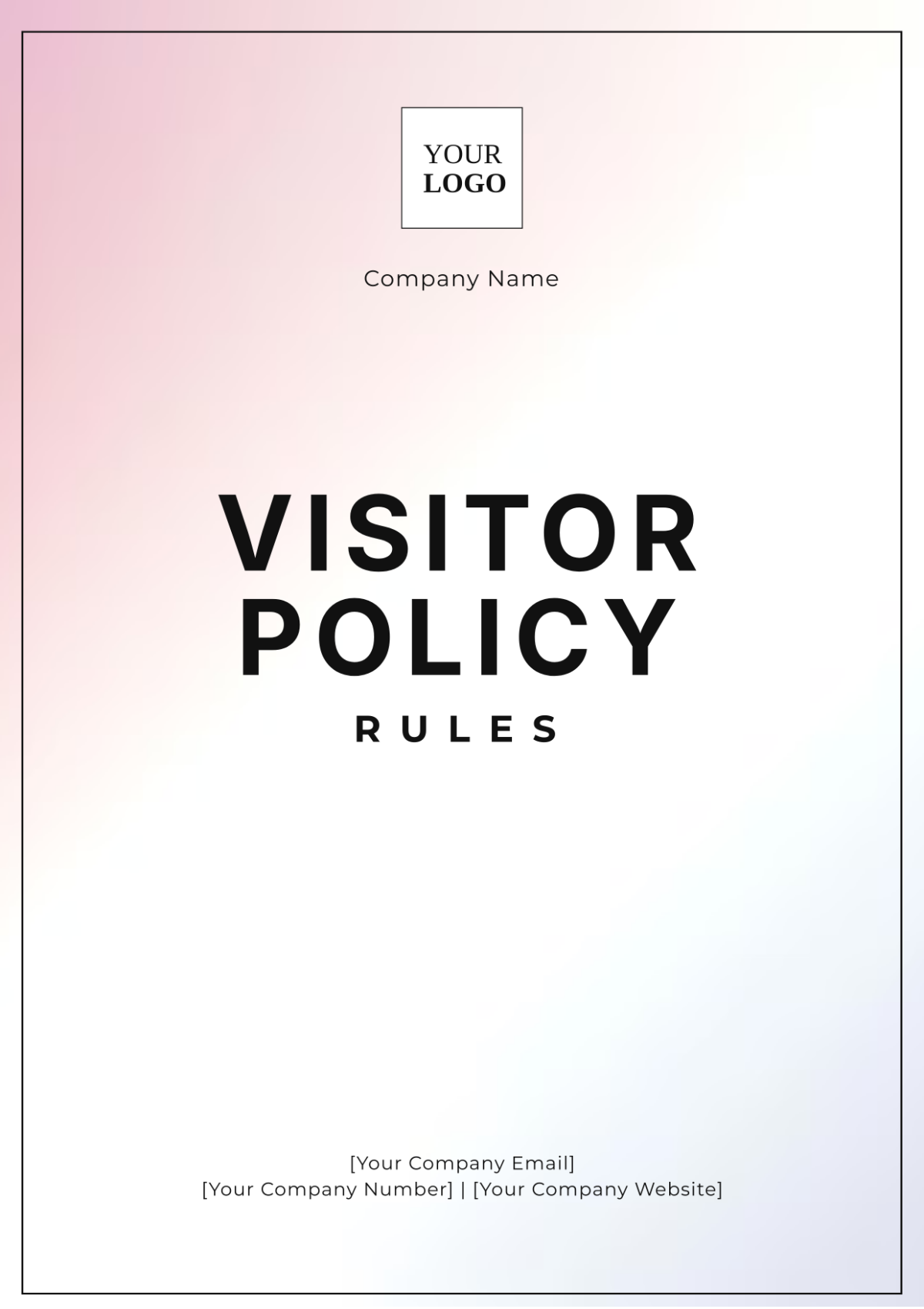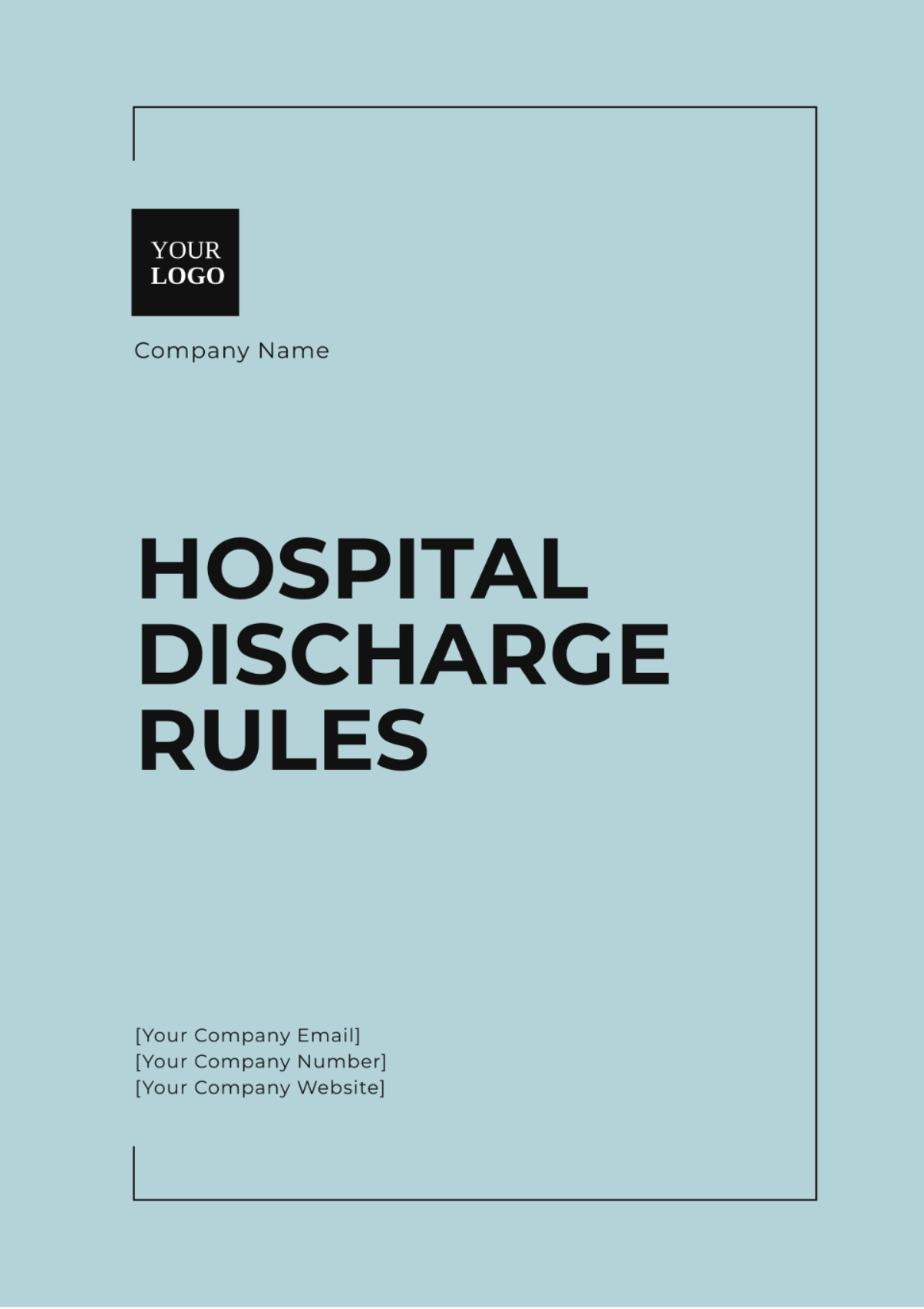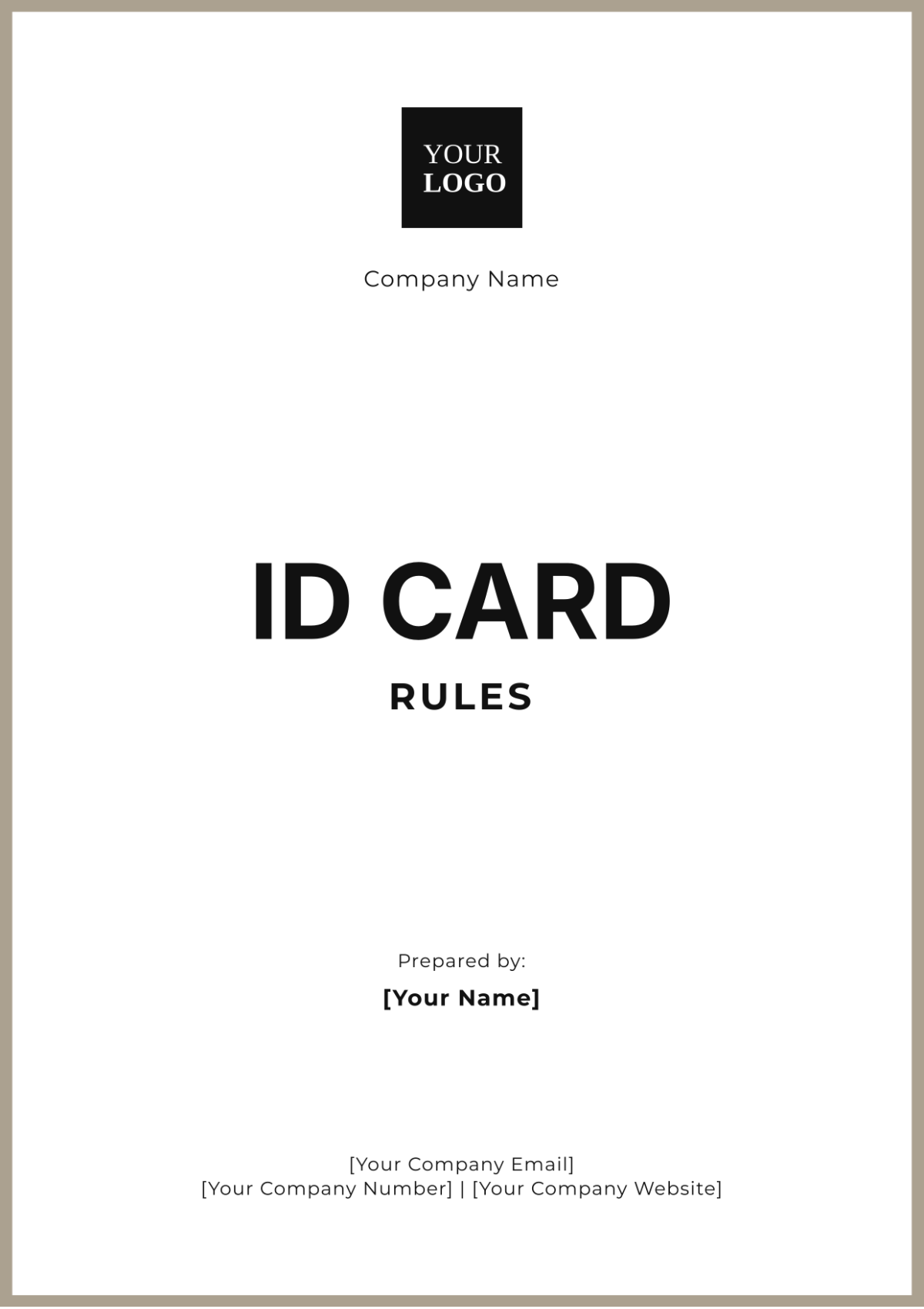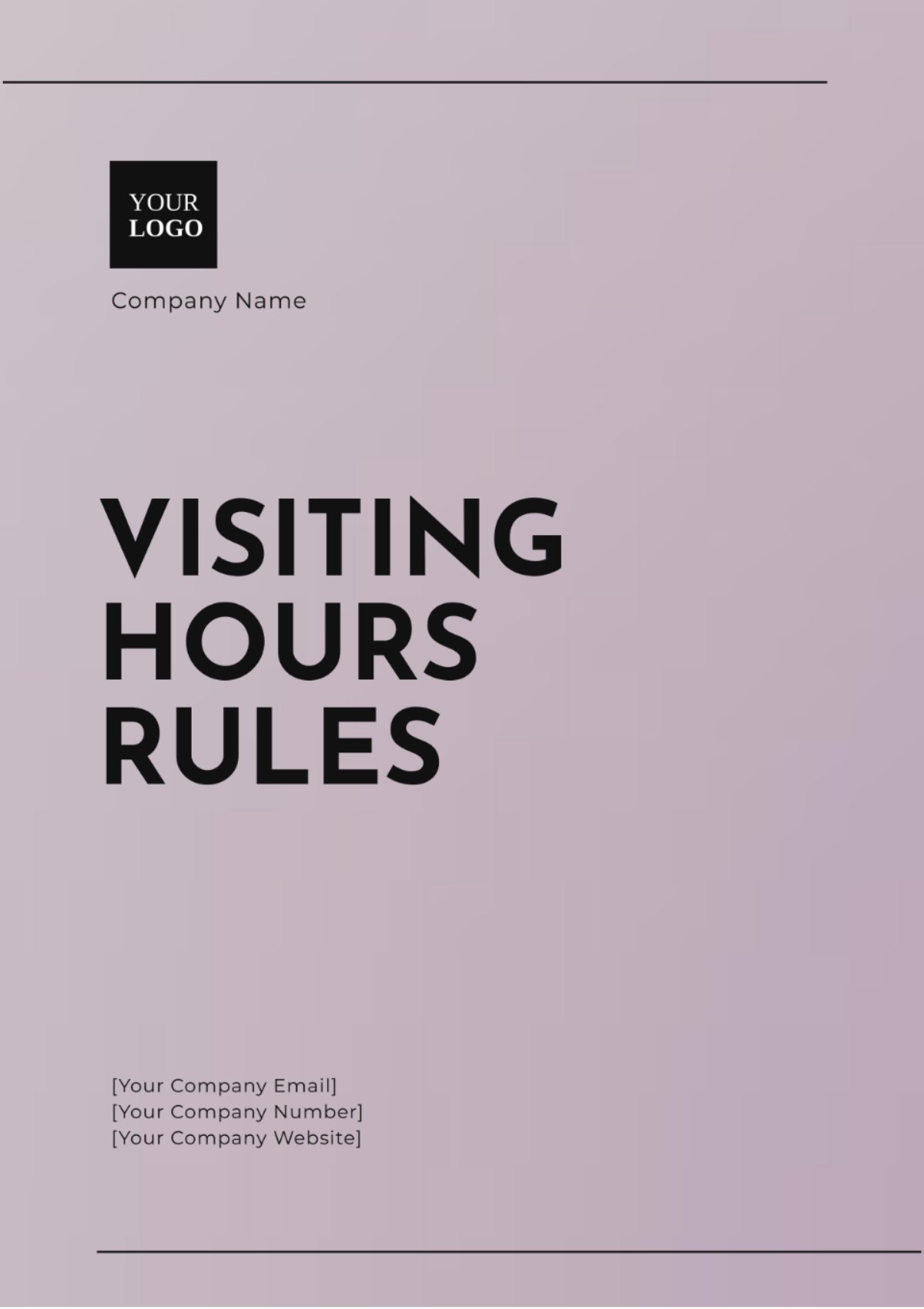Free Office Hours Rules Template
Office Hours Rules
Prepared by: [Your Name]
Date: [Date]
I. Introduction
Office hours define the times when employees or students are expected to be available for their professional or academic duties, ensuring organized and efficient operations. This document outlines the standard office hours, scheduling procedures, attendance rules, and communication protocols. It aims to provide clear guidelines to maintain productivity and consistency within the organization or institution.
II. General Office Hours
Office hours are defined as the designated timeframe during which employees, students, or other relevant individuals are expected to be available for professional or academic duties.
A. Standard Office Hours
Days | Hours |
|---|---|
Monday to Friday | 9:00 AM to 5:00 PM |
Weekends and Public Holidays | Closed |
Note: Specific departments or roles may have different office hours. Please refer to departmental guidelines for exceptions.
III. Scheduling Appointments
Appointments can be scheduled during office hours for meetings, consultations, or other official business.
A. Online Scheduling System
Log into the company or institution's scheduling portal.
Select an available time slot that fits within the standard office hours.
Confirm the appointment and await email confirmation.
B. Manual Scheduling
Contact the individual directly via email or phone.
Agree on a mutually convenient time within office hours.
Send a calendar invite to confirm the appointment.
IV. Attendance Rules
Regular attendance during office hours is crucial for smooth operations and productivity.
A. Attendance Reporting
Log into the attendance system upon arrival and departure.
Report any absences or late arrivals to your supervisor or manager.
B. Remote Work Attendance
Log into the virtual attendance system at the beginning and end of your shift.
Maintain communication through the official communication channels.
V. Communication Protocols
Effective communication during office hours is essential for operational efficiency and teamwork.
A. Internal Communication
Use the official email system for sending and receiving work-related messages.
Utilize the internal messaging platform for quick conversations and updates.
B. External Communication
Adhere to the company's guidelines for client and stakeholder communication.
Ensure all external communication is professional and concise.
VI. Breaks and Downtime
Employees and students are entitled to breaks and downtime during office hours to ensure optimal productivity.
A. Scheduled Breaks
Break Type | Time |
|---|---|
Morning Break | 10:30 AM - 10:45 AM |
Lunch Break | 12:30 PM - 1:30 PM |
Afternoon Break | 3:30 PM - 3:45 PM |
B. Personal Downtime
Employees are encouraged to take short breaks to rest and recharge.
Notify your supervisor if you need an extended break for personal reasons.
VII. Exceptions and Special Cases
Occasionally, there may be exceptions to the standard office hours and attendance rules.
A. Emergency Situations
Contact your supervisor immediately if you cannot attend due to an emergency.
Work with your supervisor to reschedule any missed appointments or deadlines.
B. Special Projects
Special projects may require additional hours beyond the standard office hours.
Obtain prior approval from your supervisor for any overtime work.
VIII. Compliance and Enforcement
Adherence to office hours rules is mandatory and subject to review and enforcement by the management.
A. Review Mechanism
Periodic checks and audits will be conducted to ensure compliance.
Feedback will be collected from employees and students about office hours policies.
B. Consequences of Non-Compliance
Warnings will be issued for the first instance of non-compliance.
Repeated non-compliance may result in disciplinary actions, up to termination.
IX. Conclusion
Adhering to office hours rules is crucial for ensuring a productive and efficient work environment. Compliance with scheduling, attendance, communication, and break guidelines helps maintain operational smoothness and organizational alignment. In cases of exceptions or emergencies, prompt communication with supervisors is essential for maintaining overall effectiveness and success.

















































